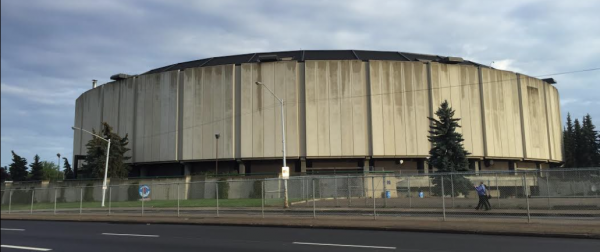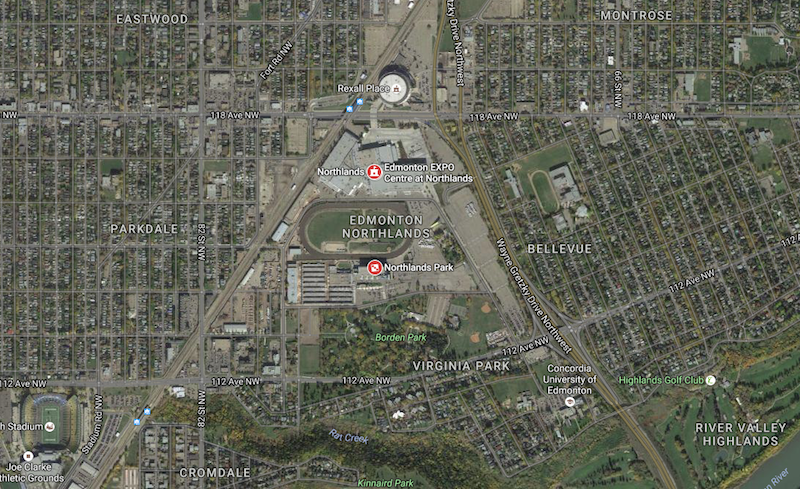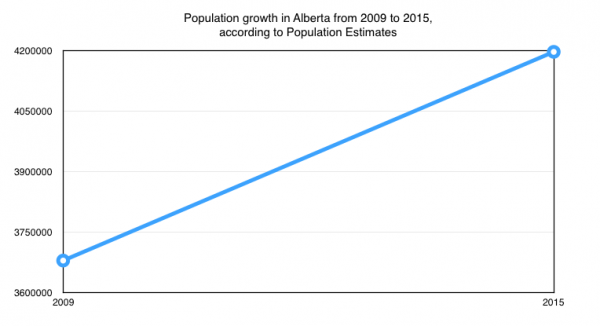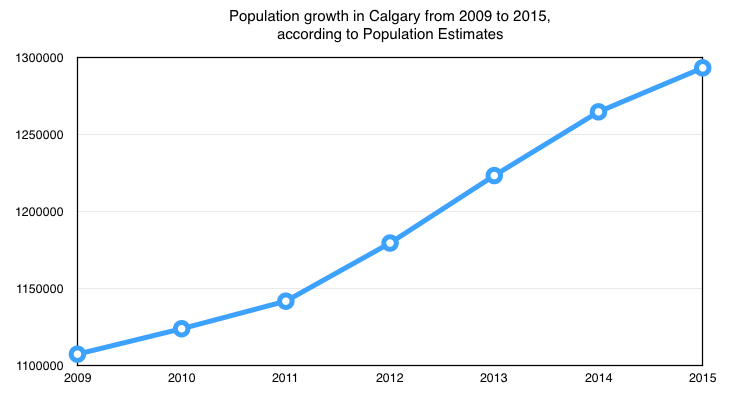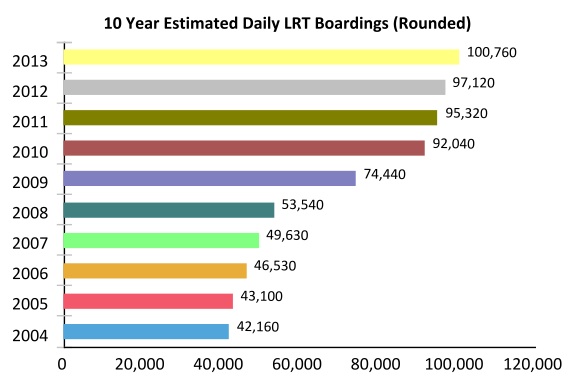It has been about 10 years since the City of Edmonton seriously began studying the concept of funding the construction of a downtown arena, and 6 years since City Council voted to approve a financial deal with the Edmonton Oilers and its billionaire owner, Daryl Katz, to construct a new arena.
But despite the years of attention paid to the new arena, not much focus was given to the arena that housed the Edmonton Oilers since 1974. When the shiny new Rogers Place arena opened downtown in 2016, there was still no real plan for the future of the old arena, now known again as Northlands Coliseum.
The implications of the Oilers move downtown was huge for the Coliseum and Northlands and a non-compete clause agreed to by the City crippled the already disadvantaged older arena. Without the revenue generated from NHL hockey games or large concerts, the Northlands organization was placed in a dire financial situation.
Better late than never, Northlands released a Vision 2020 proposal in 2016. The plan focused on the entire Northlands property and proposed the Coliseum be renovated into a six-rink hockey arena. The idea was later considered financial untenable by City Council.
City Council has since cannibalized much of the Northlands operations and voted to close the Coliseum.
Now sitting empty and unused, the question facing City Councillors meeting at City Hall this week is what to do with the closed building.
As a resident of the area (I live a 10 minute walk away from the Coliseum in the Bellevue neighbourhood), it is frustrating to feel like this area of the city was an afterthought. But while it is important to recognize past mistakes made by the City on this issue, it is also helpful to look for solutions for the future.
Community input and engagement should play a critical role in determining the future of the Coliseum and the Northlands property. But the engagement should be meaningful. Meaningless buzz-phrases, like we saw included in a recent press release from the City of Edmonton on this issue are not helpful (ie: “tap[ping] into the magnitude of the opportunity for transformation”).
Meaningful engagement is important, because residential neighbourhoods and commercial districts in the area will be directly impacted by any future plans, just as they had by the past expansion of Northlands.
It was only a short 15 years ago that City Council approved the Northlands Redevelopment Plan, which allowed Northlands to bulldoze the four block single detached residential area known as West Bellevue and three blocks of North Cromdale. The 2003 Northlands ARP literally paved West Bellevue into the parking lot that sits on the west side of Wayne Gretzky Drive.
I am not sure what the best new use of the land would be, but I do not know anyone who thinks leaving the Coliseum boarded up and abandoned would be good for the neighbourhood. But an empty and abandoned lot fit for gravel and Used Car Dealerships is also not ideal.
The $15.5 million to $25 million projected cost to demolish the Coliseum may give some Councillors sticker shock, but it is pennies compared to the public funds invested into the downtown Roger Place arena.
As recent city council candidate Kris Andreychuk and University of Alberta professor John McCoy wrote in the Edmonton Journal on Oct. 20, 2017:
“Allowing the Northlands site to sit idle and empty will not only create an eyesore in a storied area of the city — the arena where we became the City of Champions — it will also stimulate a host of community-safety issues and drive away the small business owners who are the lifeblood of the community.
These are not easy times in Edmonton. But what cannot be denied is the resilience and entrepreneurial spirit of Edmontonians and their ability to find solutions to our collective challenges. Northlands is a test for the City of Edmonton and local developers — there is much at stake and we need to get it right.”
